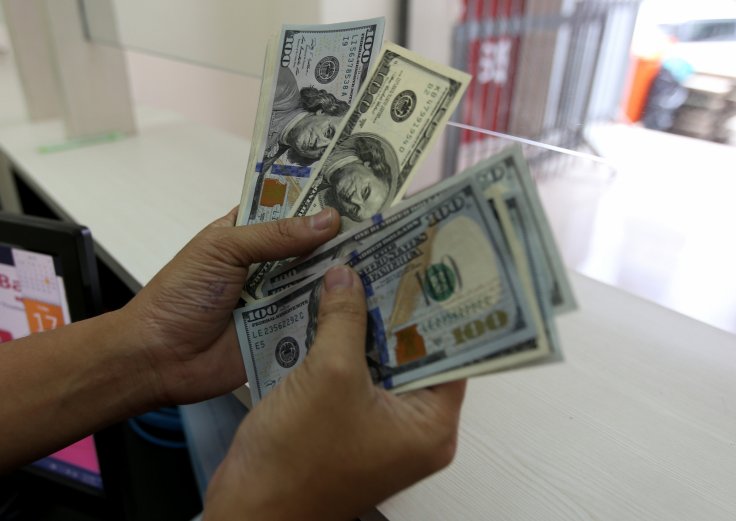Amid fears of recession sparked by surging inflation and high interest rates, robust US employment data surprised economy watchers on Friday.
As nonfarm payrolls recorded an increase of 517,000 in January, the US economy started 2023 on a strong note, beating analyst expectations for the creation of 187,000 new jobs. Incidentally, this is the strongest ever nonfarm payrolls numbers since July 2022.
Surprisingly Resilient Job Market
The stronger than expected job numbers were accompanied by a a fall in the unemployment rate to 3.4 percent, marking the lowest jobless level in as many as 53 years.
Reuters
“Today’s report is an echo of 2022â²s surprisingly resilient job market, beating back recession fears … The Fed has a New Year’s resolution to cool down the labor market, and so far, the labor market is pushing back,” Daniel Zhao, lead economist for job review site Glassdoor, told CNBC.
The Break-up
The sector that saw the most job gains was leisure and hospitality. This sector was hugely hit by the pandemic, but is limping back to health. The leisure and hospitality sector added 128,000 jobs in January, followed by professional and business services, which added 82,000 jobs While health care recorded 58,000 new jobs, retail added 30,000, and the construction sector generated as many as 25,000 jobs.
Government employment increased by 74,000 in January. Employment in state government education increased by 35,000, data released by the US Bureau of Labor Statistics showed.

Reuters
Other Details
While the number of persons jobless less than 5 weeks decreased to 1.9 million in January, the number of long-term unemployed (those jobless for 27 weeks or more) was essentially unchanged at 1.1 million. The long-term unemployed accounted for 19.4 percent of the total unemployed in January.
Why Layoffs?
Though layoffs by large companies hogged the headlines in recent months, the latest jobs data set shows that the economy is adding new jobs at a brisk pace. Experts have already said the layoffs at tech and retail majors was essentially cyclical in nature and not essentially reflective of the state of economy.
What About Recession Fears?
Fears of an impending recession had been hyped all through last year, primarily driven by the aggressive rate hike by the Federal Reserve. The surprisingly strong employment numbers suggest that the US may be able to avoid a recession in 2023.
“The economy is clearly not as close to recession as we had suspected,” said Andrew Hunter of Capital Economics.
Though most economists go by this line, some still think that a shallow recession might still come. “Our base case is still recession likely toward the latter part of the year …One report is not indicative of a trend, but certainly if we continue to see upside surprises, our baseline is up for discussion. This does increase the marginal probability of a soft landing,” Vanguard economist Andrew Patterson said, according to USA Today.

IANS
US Economic Growth Remains Strong
At the end of last month, the US Commerce Department’s data showed the economy expanded 2.9 percent during the last quarter of the year. The resilient growth came despite predictions of recession for most of 2022, which roiled sentiment. For the whole of last year, the gross domestic product expanded 2.1 percent. The fourth quarter growth numbers exceeded the expectations of analysts. According to economists surveyed by Bloomberg, the US economy was expected to grow at an annualized pace of 2.6 percent during the fourth quarter.







![Chilling Video Captures Moment California Doctor Michael Mammone Is Mowed Down by Lexus and Then Fatally Stabbed by Driver [GRAPHIC]](https://data.ibtimes.sg/en/full/65128/michael-mammone.jpg)